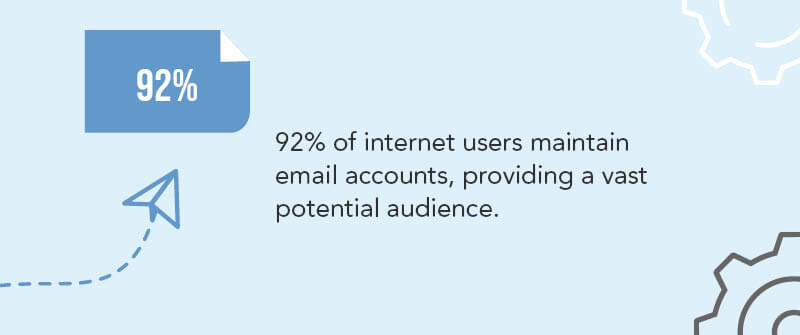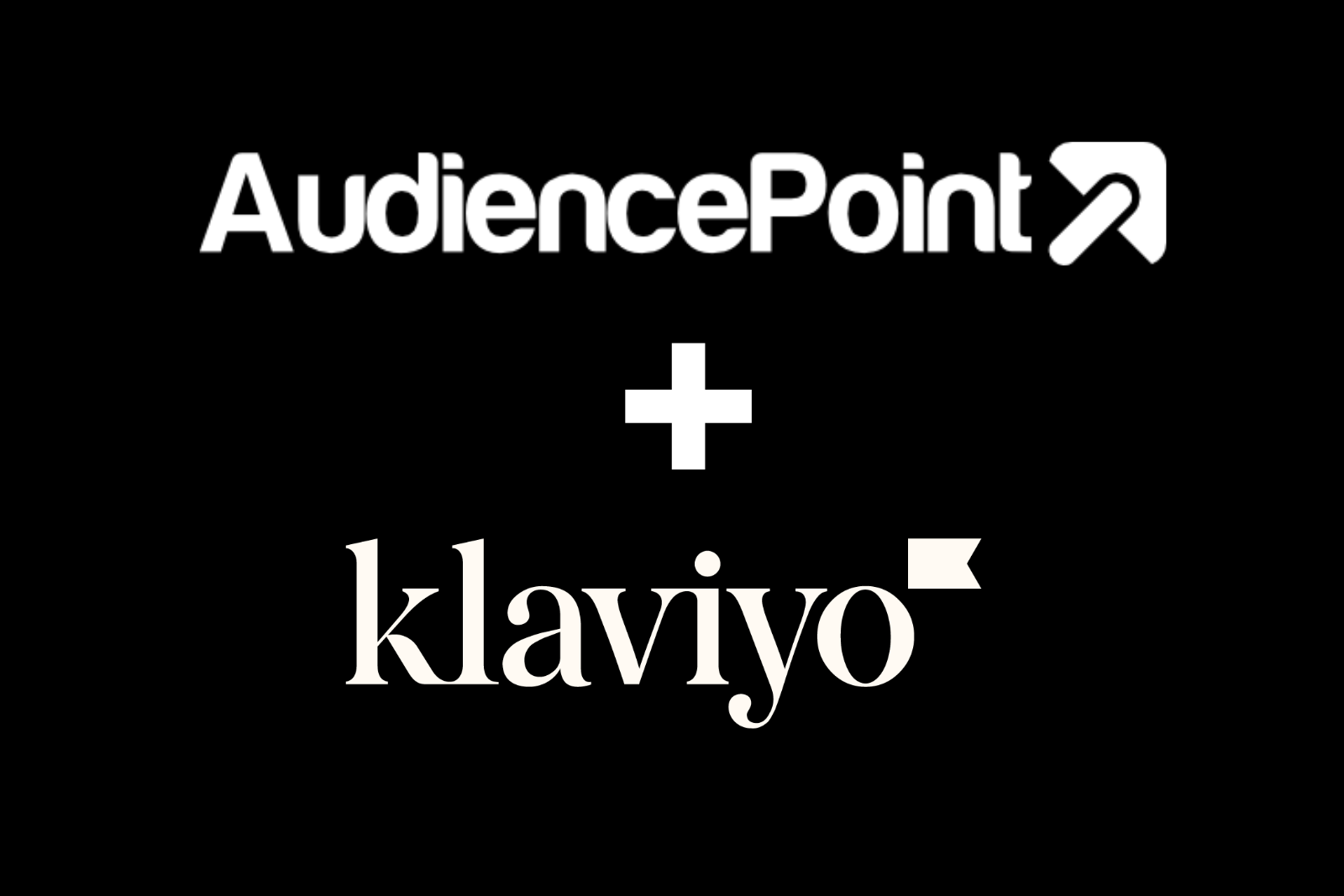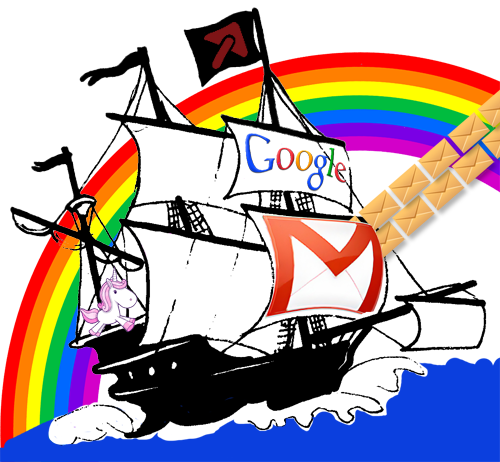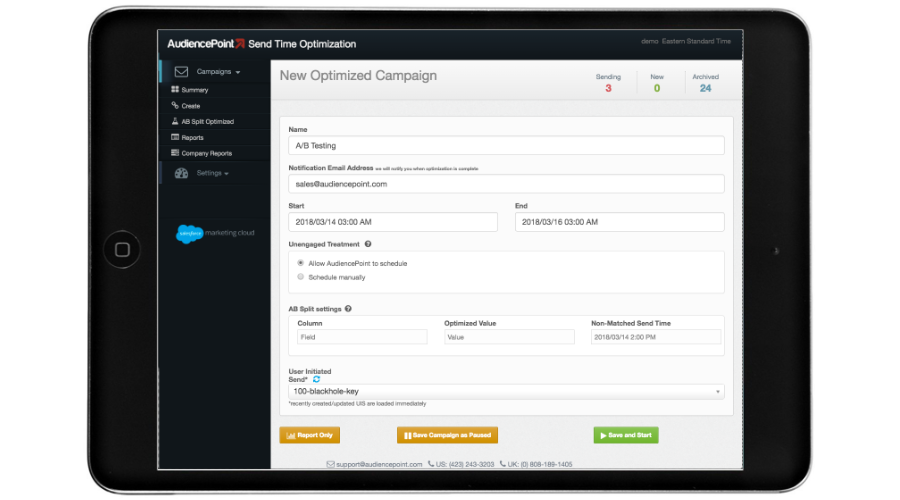AudiencePoint is thrilled to announce our new integration with Klaviyo! AudiencePoint is looking for partners to pilot our...
The average email deliverability rate is a critical benchmark for evaluating the success of email marketing campaigns. As of 2024, the industry standard for a good deliverability rate is around 95% or higher. This ensures that most marketing emails are successfully landing in recipients’ inboxes rather than getting caught in spam filters. Monitoring these rates regularly allows marketers to maintain effective communication channels with their audience and improve engagement. Implementing domain based message authentication (DMARC) and domain keys identified mail (DKIM) is essential for protecting against email spoofing and phishing, thereby enhancing deliverability rates. Strong email deliverability is essential for maintaining high engagement and ROI.
Learn more about Email Marketing Trends In 2025!
Defining Email Deliverability Rate
Understanding the concept of email deliverability is essential for email marketers. Unlike delivery, which simply considers whether an email was accepted by the recipient’s server, deliverability assesses whether the email reached the inbox or fell into the spam folder. A higher deliverability rate signifies fewer emails being flagged or blocked, allowing for greater audience reach. Proper monitoring of inbox placement is a key metric for measuring success.
Current Average Deliverability Rates
In various industry sectors, the deliverability rate generally fluctuates between 80% and 95%. Industries renowned for best practices in email list management, such as e-commerce and finance, often find themselves on the higher end of this spectrum. However, achieving rates higher than this requires persistent effort and strategic adjustments. Failing to meet these benchmarks can result in more spam complaints and reduced impact.
Industry Standards and Expectations
Your email deliverability benchmarks should align with not only your industry standard but also aim to surpass them. Establishing robust sender reputations and maintaining high engagement with your audience helps sustain a favorable rate. Tools that assist in monitoring deliverability can provide invaluable insights into current standing compared to industry competitors. A healthy sender reputation improves visibility and ensures inbox success.
Factors Influencing Email Deliverability Rates
There are several factors at play when it comes to email deliverability rates. Utilizing Google Postmaster Tools is crucial for managing sender reputation and ensuring low spam rates for bulk email senders. Major influences include the sender’s reputation, the health of the email list (focusing on valid and engaged subscribers), and the relevance and quality of the email content. Regularly testing email content for spam triggers and using authentication protocols like SPF, DKIM, and DMARC further boosts the likelihood of reaching the inbox. Implementing advanced authentication measures like BIMI and DMARC helps identify legitimate senders, enhancing email security and trustworthiness among users. Email providers rely on these practices to evaluate whether messages should reach the inbox or spam folder.
Leveraging the Right Tools
Employing the best email deliverability tools can offer real-time insights and solutions for improving inbox placement. Utilizing services like AudiencePoint can empower marketers with data-driven strategies to overcome challenges and course-correct campaigns that miss the mark. By investing in comprehensive deliverability monitoring, organizations can prevent potential revenue losses associated with poor email performance. Inbox providers and mail servers use these insights to determine message placement.
What Is The Cost Of Poor Email Deliverability In 2025 USA?
The cost of poor email deliverability in 2025 can significantly impact businesses in multiple ways, including financial losses, damage to brand reputation, and reduced customer engagement. Spam complaints can be mitigated by providing timely and relevant content in emails, which enhances recipient engagement. Without effective email deliverability monitoring, businesses may find their emails filtered out as spam or not reaching the intended recipients. This can erode trust, result in lost sales opportunities, and ultimately affect the bottom line due to emails landing in spam folders. Poor email marketing success often stems from unaddressed deliverability issues.

Financial Impacts on Businesses
Poor email deliverability can lead directly to financial losses by decreasing the overall effectiveness of marketing campaigns. When emails don’t reach their destination, often due to the stringent policies of mailbox providers like Yahoo and Google, businesses miss out on opportunities to convert potential leads into paying customers. The cost of acquiring new customers can be significantly higher than retaining existing ones, and ineffective communication due to poor deliverability adds unnecessary expenses to the customer acquisition process. Failures at the mail server level can prevent messages from reaching active subscribers.
Impact on Brand Reputation
A low deliverability rate can severely impact a company’s reputation. Emails that frequently bounce back or get filtered as spam can tarnish the sender’s credibility. Over time, a diminished sender reputation can make it more challenging for future correspondence to reach inboxes, creating a compounding negative effect on outreach efforts. Strong brand reputation is crucial for consumer trust, and when deliverability issues arise, it places this vital component at risk. Email providers take sender reputation into account when routing messages.
Loss in Customer Engagement
Email marketing relies heavily on engagement metrics such as open and click-through rates. When deliverability falters, these engagement opportunities dwindle as messages fail to reach or engage subscribers. This loss in engagement equates to missed touchpoints and an inability to maintain or build relationships with existing customers. Sustained poor deliverability can lead to permanent disengagement if email communications are perceived as unreliable. Monitoring engagement metrics is essential for identifying deliverability issues early.
Mitigating Poor Deliverability Costs
Mitigating the costs associated with poor email deliverability is essential for maintaining the effectiveness of email marketing campaigns. Employ dedicated strategies such as adopting advanced authentication protocols like SPF, DKIM, and DMARC, and using deliverability tools to monitor sender reputation. With AudiencePoint’s robust solutions, marketers can efficiently track and improve email deliverability. By investing in tools that provide detailed analytics and insights, businesses can proactively address deliverability issues and enhance overall campaign performance.
Is Email Marketing Dying? Why Or Why Not?
Email marketing is far from dying. In fact, it remains one of the most cost-effective and impactful channels for digital marketers worldwide. While other marketing mediums have risen and fallen in popularity, email marketing’s unique ability to deliver personalized messages directly to a targeted audience has solidified its place as a vital component of any comprehensive marketing strategy. The key to its sustained success lies in its adaptability and the introduction of new technologies that continue to enhance its effectiveness.
The Current State of Email Marketing
Email marketing continues to thrive, largely due to its incredible return on investment (ROI). With an average email marketing ROI stats is $36 for every $1 spent, businesses recognize its value as a cost-effective solution compared to traditional advertising. Furthermore, 92% of internet users maintain email accounts, providing a vast potential audience. Tools like AudiencePoint enable marketers to precisely target and tailor their campaigns, further amplifying their impact.
The Role of Email Deliverability in Marketing
Strong email deliverability is critical for the success of email marketing campaigns. Deliverability rates affect not only the reach of marketing messages but also engagement metrics, conversion rates, and overall ROI. Ensuring your emails land in the recipient’s inbox rather than the spam folder is paramount, especially with major mailbox providers like Yahoo and Google implementing stricter technical policies regarding email authentication and deliverability. This is where deliverability monitoring tools, such as those offered by AudiencePoint, become invaluable. They allow for the tracking of inbox placement rates and the suppression of addresses with poor engagement, ensuring higher delivery success.
Technological Advancements Enhancing Email Marketing
Email marketing is continually evolving with advancements in technology, which enhance personalization, automation, and analytics. One such advancement is message identification through Brand Indicators for Message Identification (BIMI), which allows brands to display logos on emails, signaling to recipients that the messages are from verified senders. AI-driven insights provide marketers with the ability to better forecast customer behavior and tailor messages that resonate on a personal level. Additionally, automation tools streamline campaign management, making it easier to maintain high engagement without overwhelming resources.
Future Prospects and Trends
The future of email marketing holds promise with emerging trends such as AI enhancements, interactive emails, and deeper segmentation capabilities. As digital engagement continues to evolve, marketers can expect to utilize highly sophisticated analytics tools that predict and react to consumer trends in real time. AudiencePoint is at the forefront of these innovations, providing solutions that not only monitor but also actively improve email campaign performance, making sure that email marketing remains an indispensable tool for businesses in 2025 and beyond.

How Much Does An Email Blast Cost?
The cost of sending an email blast can vary significantly depending on several key factors including the size of your audience, the platform or service used, and the frequency of your campaigns. Generally, costs are calculated on a per-email basis or through subscription packages offered by email marketing providers.
Factors Affecting Email Blast Costs
Numerous elements play into the final cost of sending an email. First, the size of your mailing list matters – the larger your list, the more emails you’ll send, increasing your costs. Also, different email marketing platforms have unique pricing models. Some charge based on subscriber count, while others on the number of emails sent. Moreover, additional features like automation, analytics, and personalization can escalate the cost but also enhance your email marketing efforts.
Comparing Costs Across Platforms
Choosing the right platform is crucial for cost efficiency. Platforms such as Mailchimp and Sendinblue offer tiered pricing models that can be tailored to small, medium, or large businesses. It’s important to compare these platforms not just by base price, but by considering what features are included and how they align with your strategic needs. While some platforms might appear more affordable upfront, they might charge extra for critical features like advanced segmentation or detailed reporting.
Hidden Costs Associated with Poor Deliverability
Poor email deliverability can result in hidden costs, often overlooked in initial budgeting. If your emails are not reaching the inbox due to deliverability issues, you may incur costs associated with low engagement, missed opportunities, and the need for additional corrective campaigns. Using advanced tools for email deliverability monitoring like those offered by AudiencePoint can help detect issues early, saving future costs.
Strategies to Optimize Email Blast Budgets
To make the most out of your email marketing budget, invest in tools and practices that improve deliverability and engagement. Segment your lists to send targeted content, utilize email deliverability tests especially with providers like Gmail to improve your successes, and leverage analytics to refine strategies. Optimizing email content and delivery times based on audience behavior insights can lead to better results at a lower cost.
Harness the power of high-performance email campaigns by partnering with AudiencePoint. Gain unparalleled insights into subscriber behavior, enhance your deliverability, and optimize your email marketing strategies to drive significant ROI and outpace the competition in 2025. Contact AudiencePoint to learn more!





